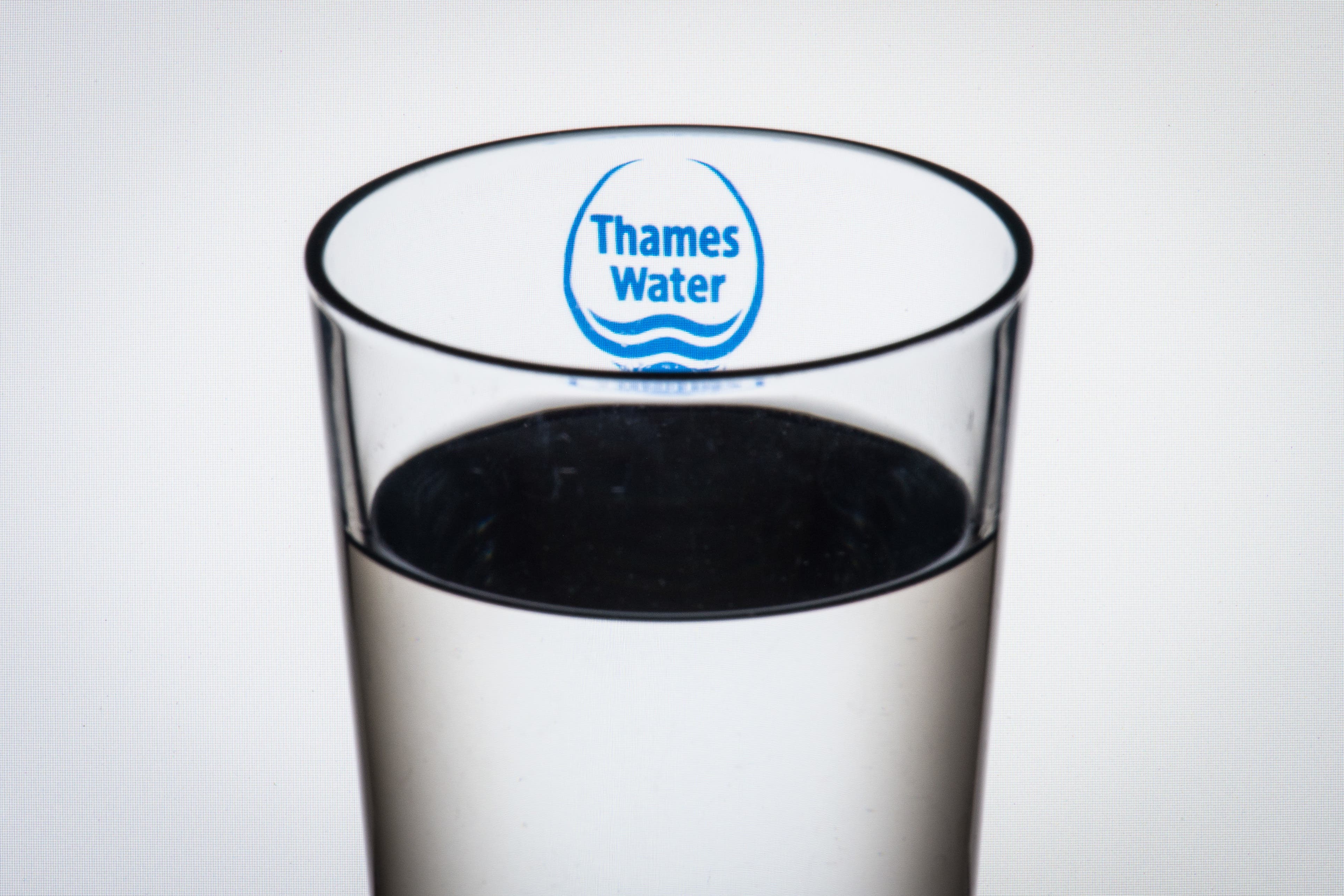Thames Water misses targets on leakages, pollution and usage
The supplier has struggled to meet its goals for 2022/2023 while it battles to stave off nationalisation due to its £14 billion debt mountain.

Your support helps us to tell the story
From reproductive rights to climate change to Big Tech, The Independent is on the ground when the story is developing. Whether it's investigating the financials of Elon Musk's pro-Trump PAC or producing our latest documentary, 'The A Word', which shines a light on the American women fighting for reproductive rights, we know how important it is to parse out the facts from the messaging.
At such a critical moment in US history, we need reporters on the ground. Your donation allows us to keep sending journalists to speak to both sides of the story.
The Independent is trusted by Americans across the entire political spectrum. And unlike many other quality news outlets, we choose not to lock Americans out of our reporting and analysis with paywalls. We believe quality journalism should be available to everyone, paid for by those who can afford it.
Your support makes all the difference.Thames Water has missed half of its performance targets, including those on leakages, sewer flooding, pollution, blockages and customer usage.
The supplier has struggled to meet its goals for the 2022/23 year while it battles to stave off nationalisation due to its £14 billion debt mountain.
The company acknowledged its performance is not where it needs to be but attributed some shortcomings on external factors such as extreme weather and aging infrastructure as it published its annual results on Monday.
Thames Water missed its water leakage target, hitting 602.2 million litres a day for 2022/23 based on a three-year rolling average.
In short, our performance was not as we – or our customers – wanted it to be
It said two weather events at opposite extremes in the space of months had a major impact on its network.
Another missed target was the amount of water customers used, which came to 146 litres a day per person.
It comes as the Government wants to reduce the amount of water people use each day from 144 litres on average to 110 by 2050, as England will need an additional four billion litres a day by that time to meet demand.
Ministers also want water companies to cut leakage by half. Currently, 20% of the public water supply is lost this way.
Elsewhere, Thames Water missed its target on pollution with the supplier saying storms in early 2022 and droughts had an impact on pollutant levels.
Other missed targets include water quality, treatment works compliance, sewer flooding of homes and businesses, blockages and water supply disruptions.
However, Thames Water significantly reduced sewage discharges – also known as storm overflows – by 46% compared with the previous year, although it attributed the decrease to dry weather last summer.
It also met targets on areas such as acceptability to water customers, unplanned outages and sewer collapses.
In a statement, Cathryn Ross and Alastair Cochran, interim co-chief executives of Thames Water, said the supplier had faced an “extremely challenging year” as it faced unprecedented pressure from weather events as well as economic factors.
“In short, our performance was not as we – or our customers – wanted it to be,” they said.
Earlier this year, Thames Water launched a review of its Turnaround Plan to improve performance over the next three years.
“This plan builds on the foundations that have been put in place over the last two years and progress made this year,” the chief executives said.
“We’re fixing more leaks and customer complaints have continued to fall significantly.
“We have also increased investment in our networks and assets to record levels as we undertake a detailed review of our ageing Victorian asset infrastructure to determine what needs to be done to improve operational resilience and performance over the long term.
“Our balance sheet remains robust and, while change will not happen overnight, we are confident we have the right strategy, team and support in place to deliver for our customers, communities and the environment in London and the Thames Valley.”
The water industry is set to face another challenging summer as drought plans were stepped up in England due to significant increases in water demand after the hottest June on record.
Last month, the Environment Agency warned that people will have to pay more for water while using less of it as climate change and a higher population will increase demand in future.
London and the South East are predicted to face the greatest stress – an area which received just 22% of its long-term average rainfall in the first two weeks of June, figures showed.